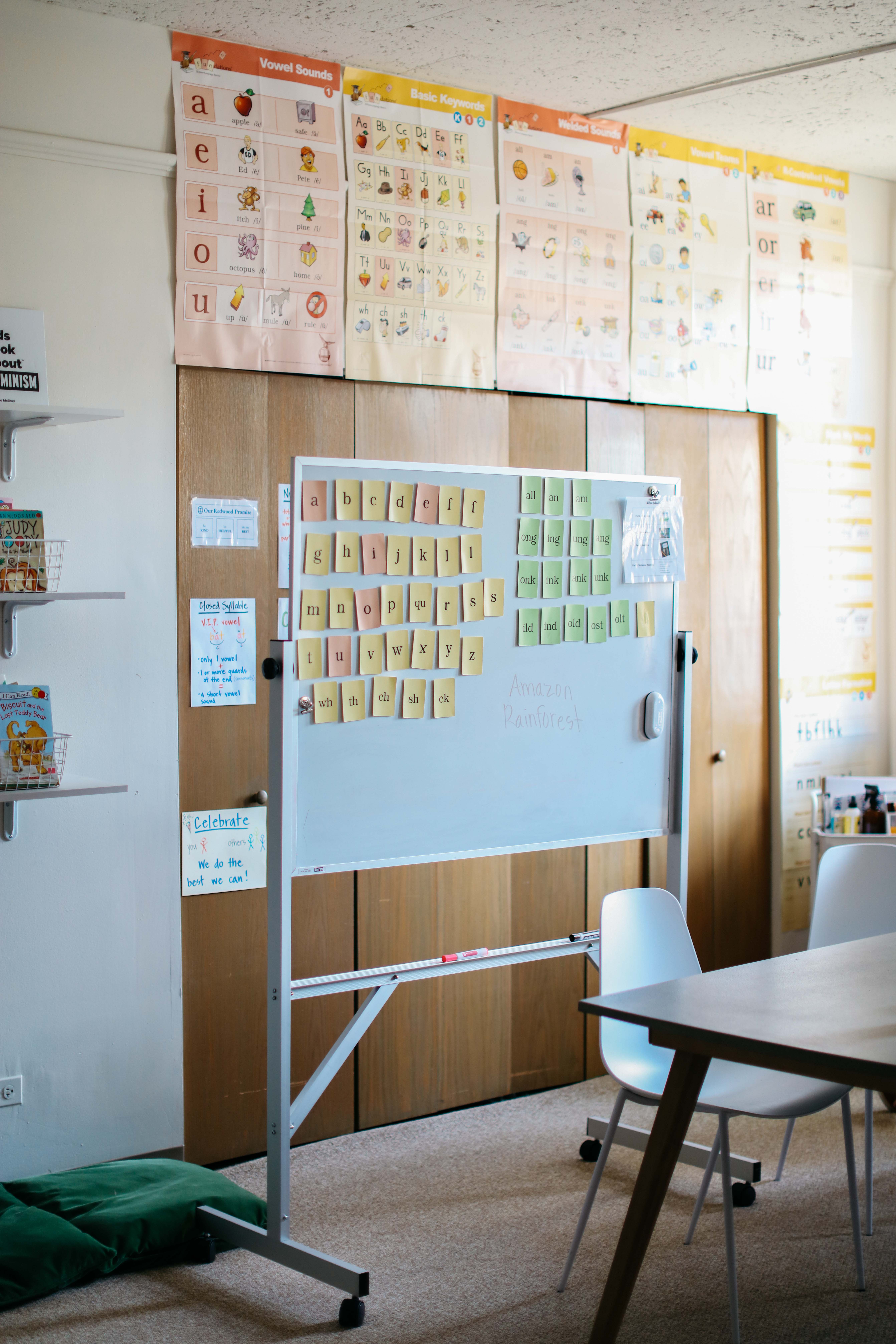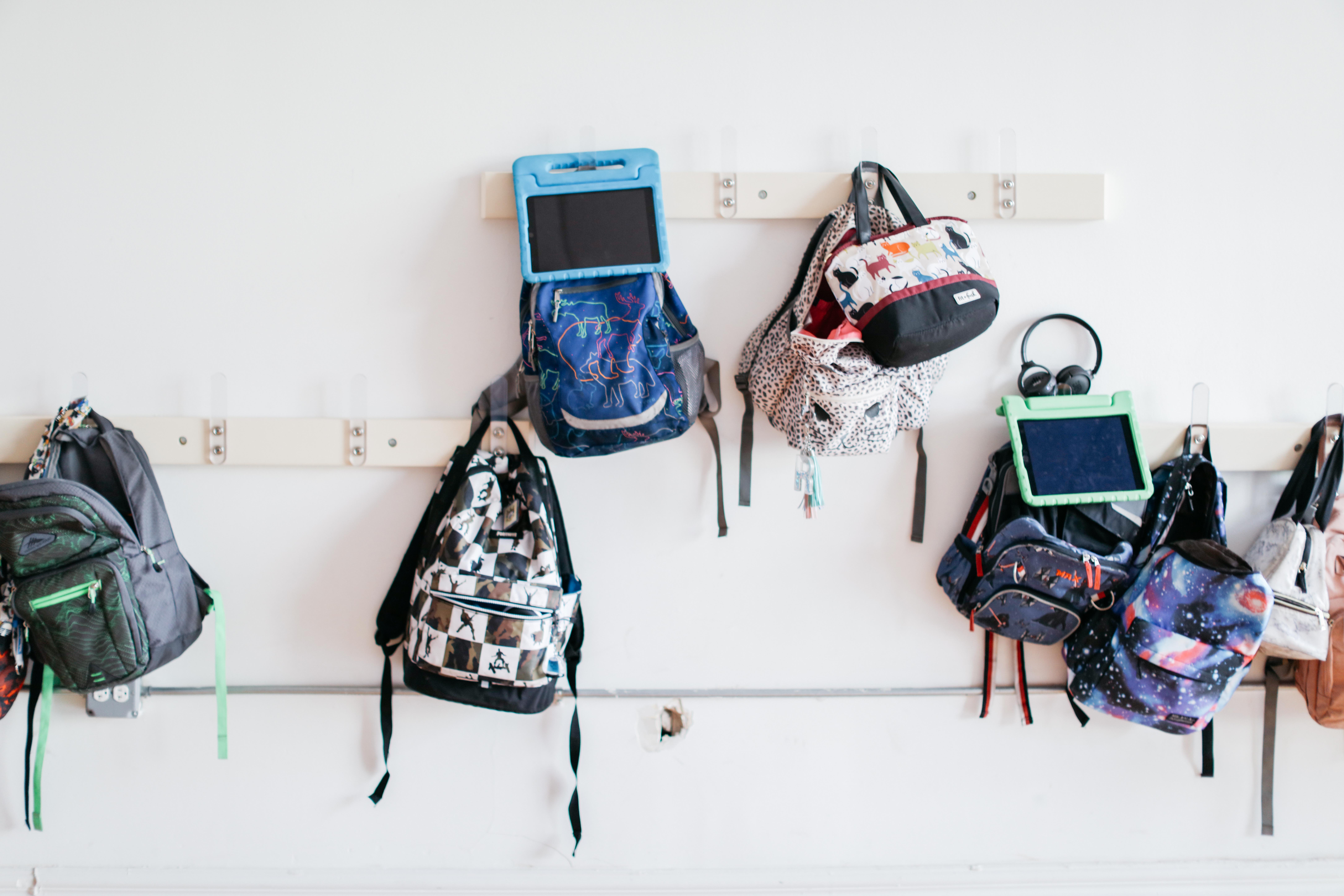.avif)
.jpg)
Tonight I logged the ninth tally mark on my kitchen chart. Nine reading lessons together with my daughter so far in 2022 and tonight was by far the best one yet. I have to tell you about it, because it was actually really fun! You know why? Because something clicked for her.
I was debriefing with my partner late last week about how much she’s been struggling with retaining the five short vowel sounds, even with all my multi-sensory stories with actions and sounds and visuals. He was able to point out that maybe she didn’t understand what any of the symbols I was trying to teach her meant. I couldn’t believe I had missed it.
The foundation of learning how to read is learning how to hear the different sounds that make up a word. The first step is purely auditory. And in my eagerness to help her understand the task at hand, I’d forgotten to make sure we started at the very beginning. I’d forgotten to tune in to what my daughter needed most in the moment, even if it wasn’t embedded in the lesson plans. I decided that for our next session, we wouldn’t use any of our Fundations® materials but just start with our fingers and our voices. I was curious to see if I could help my daughter discover the individual phonemes, or sounds, in everyday words.
I started by picking a CVC word that only had three sounds in it. CVC stands for “consonant-vowel-consonant” and makes up what is called a closed syllable. Closed syllables are the most common syllable type in the English language and make up about 40% of our words. These are the easiest words to tap out into individual phonemes, and I looked around the room to find as many of these as I could. I saw:
Hat
Mug
Cup
Kid
Jack (our dog)
Oh! Dog, there’s another one
We started with these five words. I would point to the object, say the word out loud, and have my daughter repeat the word. Then, I would model how I tapped the word into individual sounds. We did one at a time, and I modeled every single one and made her repeat after me. For the first few words, she really struggled to hear the individual sounds, but as we practiced each one a couple of times, I could see it start to click in her head. Once we made it to Jack, the lightbulb went off and her excitement grew. I could see the warm and proud feeling of success well up in her eyes and our energy started to build. She said, “Mom, I want to try the next one by myself.” I was thrilled to let her take the lead.
Once she was bought into the game, I let her pick any single-syllable word in the room. The reason I strayed from only closed syllables was to follow her energy. She was feeling successful and she wanted to take ownership of the word-selection process to show me, and herself, that she could do this. I was more than happy to oblige. She orally named, then tapped out loud on her fingers, trying to find the individual sounds in each of her word selections. She worked through plant, light, plate, rose, and Kait. I let her try first, since she was asking to, and then lightly and immediately corrected any errors she made, modeling the correct segmenting of sounds on my fingers and saying them out loud, making her repeat the correct segmentation after me. I gently redirected her away from multi-syllabic words, such as picture, candle, and lemon so as to keep the game fun and doable. We played for about ten minutes, and it was so fun to watch her work so hard on something that she’s already figured out is a challenge for her, and experience the feeling of success.
I needed to end our time together for bedtime, but she didn't want to be done. It was the best possible ending. As we got up from the table, I asked her what she wanted to name this new fun game and she raised her finger and said with confidence, “Guess The Sounds!” So we did.
We made plans to play “Guess The Sounds” tomorrow and the next day and every day for the rest of the week. Her siblings, ages 8 and 3, were sitting at the table with us working on other things and kept jumping in to play as well. My daughter loved being the one to teach them the rules.

.svg)



.jpg)
